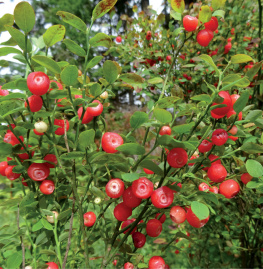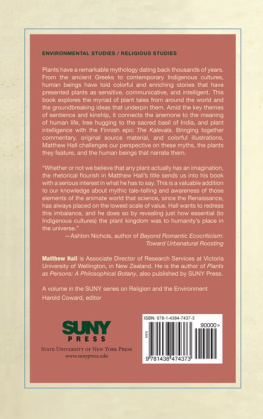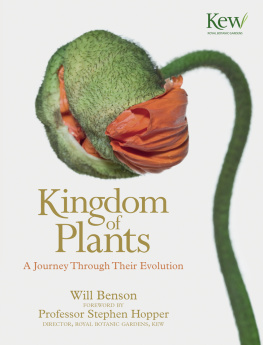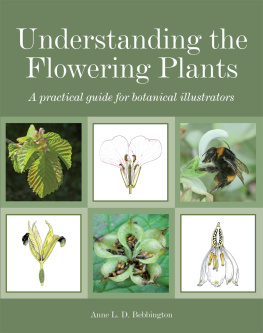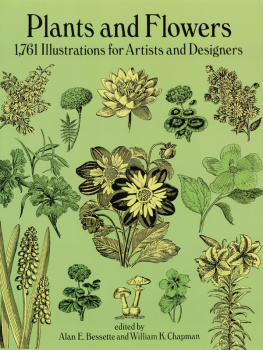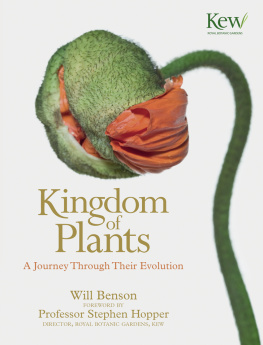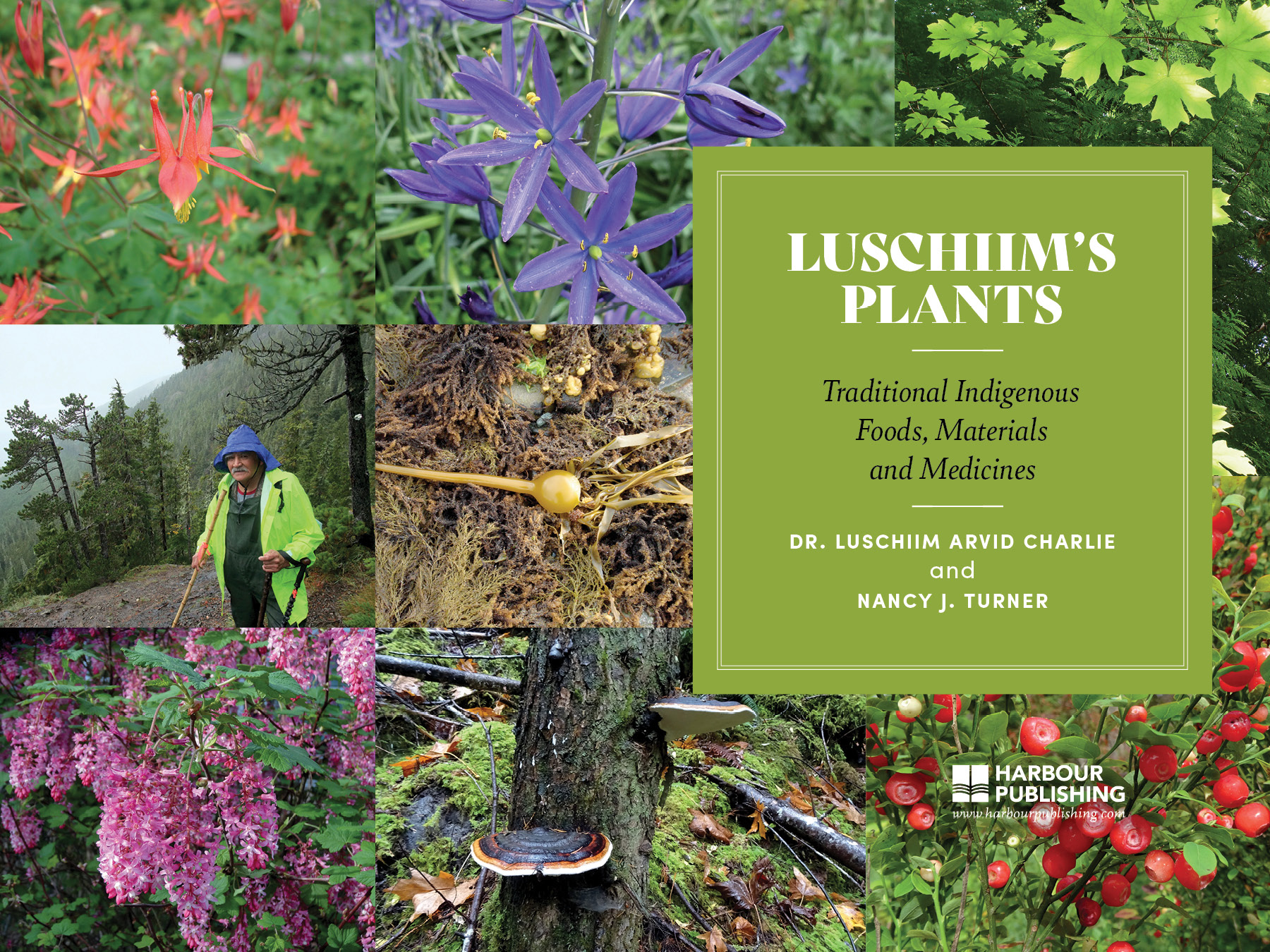Luschiim Arvid Charlie - Luschiims Plants: A Hulquminum (Cowichan) Ethnobotany
Here you can read online Luschiim Arvid Charlie - Luschiims Plants: A Hulquminum (Cowichan) Ethnobotany full text of the book (entire story) in english for free. Download pdf and epub, get meaning, cover and reviews about this ebook. year: 2021, publisher: Harbour Publishing Co. Ltd., genre: Home and family. Description of the work, (preface) as well as reviews are available. Best literature library LitArk.com created for fans of good reading and offers a wide selection of genres:
Romance novel
Science fiction
Adventure
Detective
Science
History
Home and family
Prose
Art
Politics
Computer
Non-fiction
Religion
Business
Children
Humor
Choose a favorite category and find really read worthwhile books. Enjoy immersion in the world of imagination, feel the emotions of the characters or learn something new for yourself, make an fascinating discovery.
- Book:Luschiims Plants: A Hulquminum (Cowichan) Ethnobotany
- Author:
- Publisher:Harbour Publishing Co. Ltd.
- Genre:
- Year:2021
- Rating:4 / 5
- Favourites:Add to favourites
- Your mark:
Luschiims Plants: A Hulquminum (Cowichan) Ethnobotany: summary, description and annotation
We offer to read an annotation, description, summary or preface (depends on what the author of the book "Luschiims Plants: A Hulquminum (Cowichan) Ethnobotany" wrote himself). If you haven't found the necessary information about the book — write in the comments, we will try to find it.
Respected Cowichan Tribe Elder and botanical expert Luschiim, Arvid Charlie, began his education in early childhood, learning from his great grandparents and others of their generation. uschiims Plants represents his dedication to the survival of the Hulquminum language and traditional knowledge of plants for future generations. From the healing properties of qaanlhp (arbutus) to the many practical applications of qam (bull kelp), the information presented in this remarkable guide shares knowledge of plants that Luschiim is familiar with through his own Elders teachings and by way of direct experience over the course of his lifetime, and compiled from field outings and interviews with notable ethnobiologist and botanist Nancy Turner.
In this unprecedented collection of botanical information, over 140 plants are categorized within their broad botanical groupings: algae and seaweeds, lichens, fungi and mushrooms, mosses and liverworts, ferns and fern-allies, coniferous trees, deciduous trees, shrubs and vines, and herbaceous flowering plants. Each entry is illustrated with a colour photo and includes the plants common, scientific and Hulquminum names; a short description; where to find it; and cultural knowledge related to the plant. Additional notes encompass plant use, safety and conservation; the linguistic writing system used for Hulquminum plant names; as well as miscellaneous notes from interviews with Luschiim.
This volume is an important addition to the bookshelves of botanists, and will fascinate anyone with an interest in plants of the West Coast and their traditional uses by Coast Salish peoples.
Luschiim Arvid Charlie: author's other books
Who wrote Luschiims Plants: A Hulquminum (Cowichan) Ethnobotany? Find out the surname, the name of the author of the book and a list of all author's works by series.

